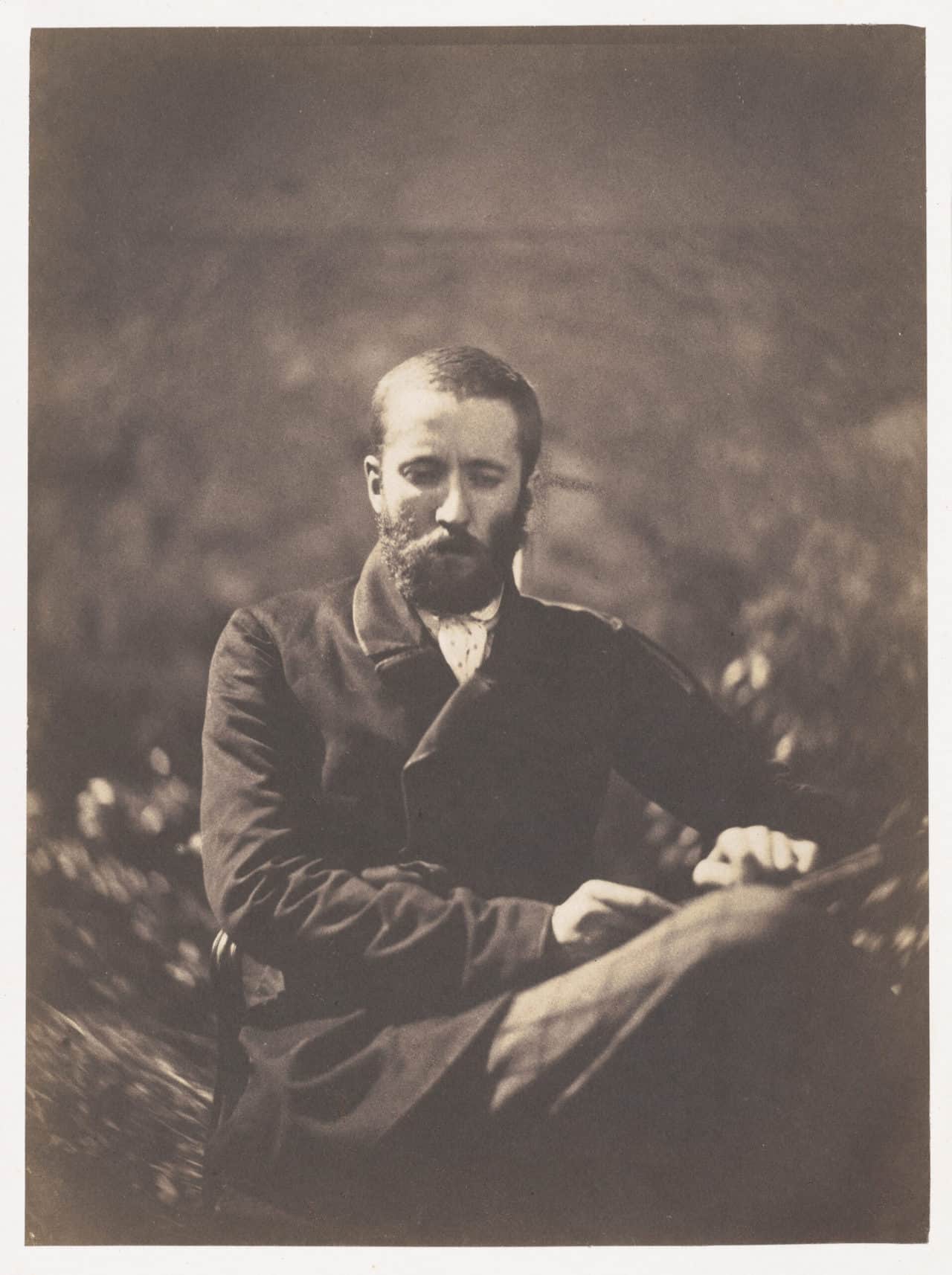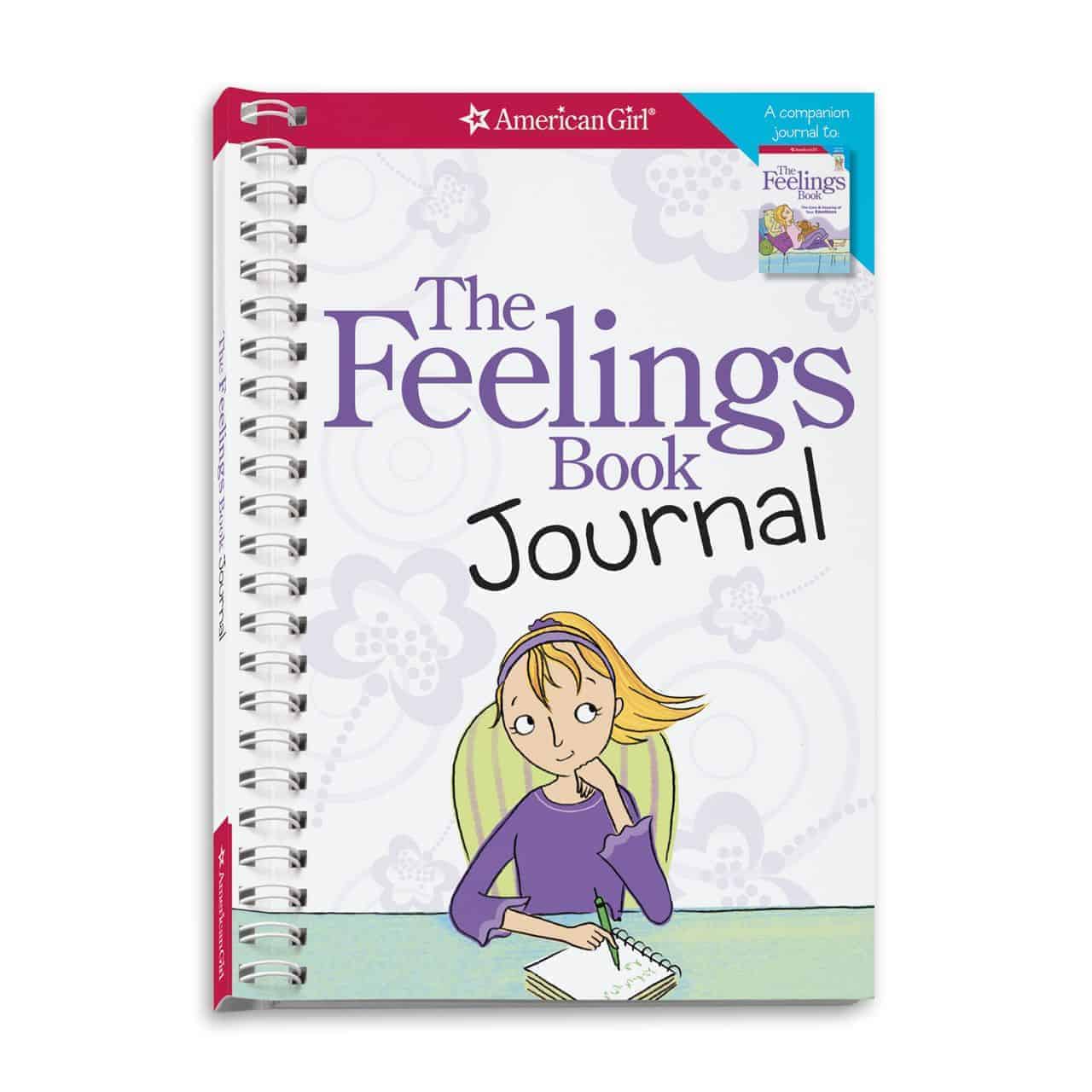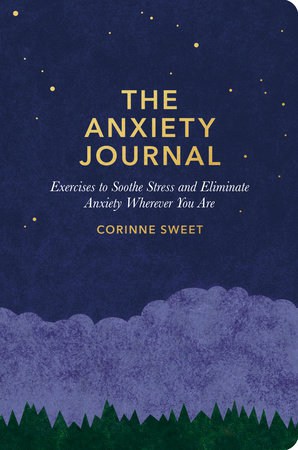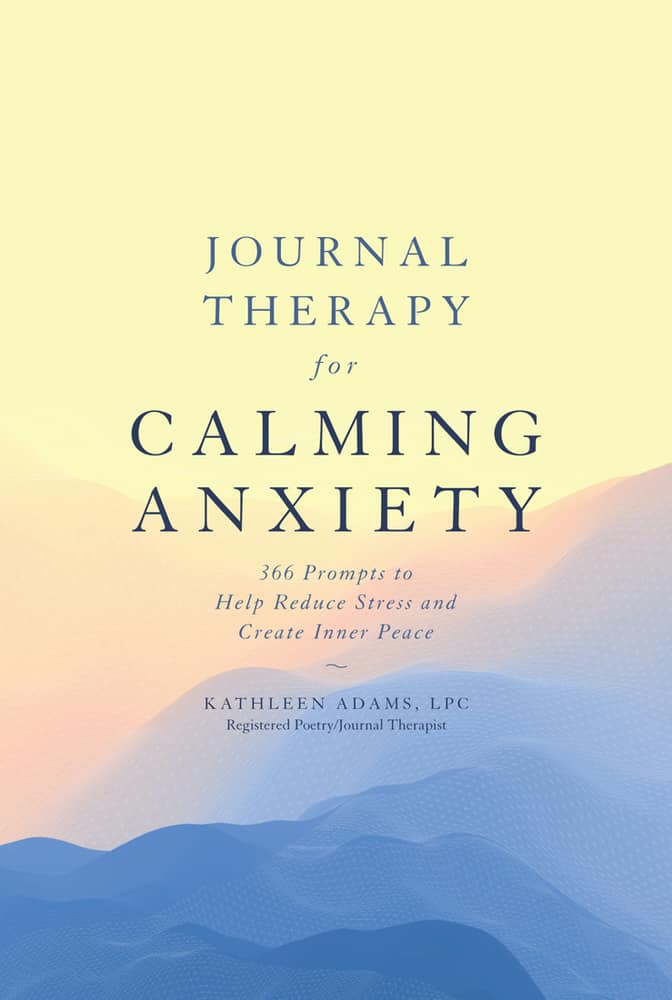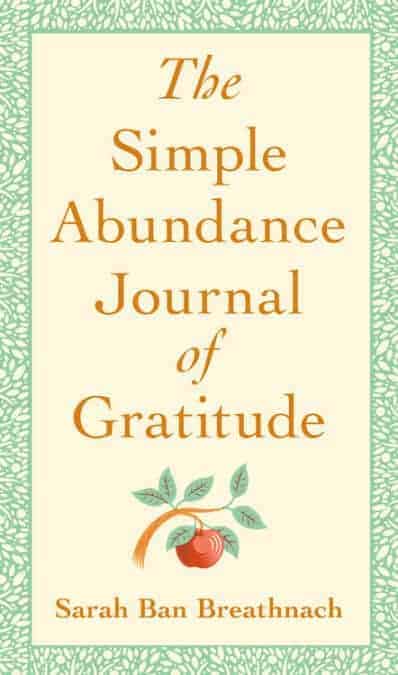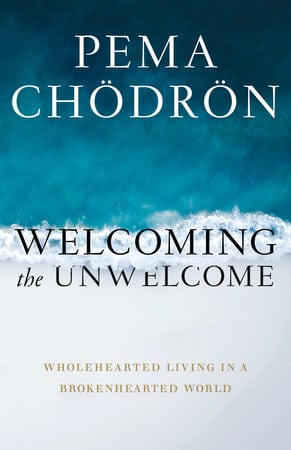Therapy
Writing Therapy: Types, Benefits, and Effectiveness
THC Editorial Team August 7, 2021
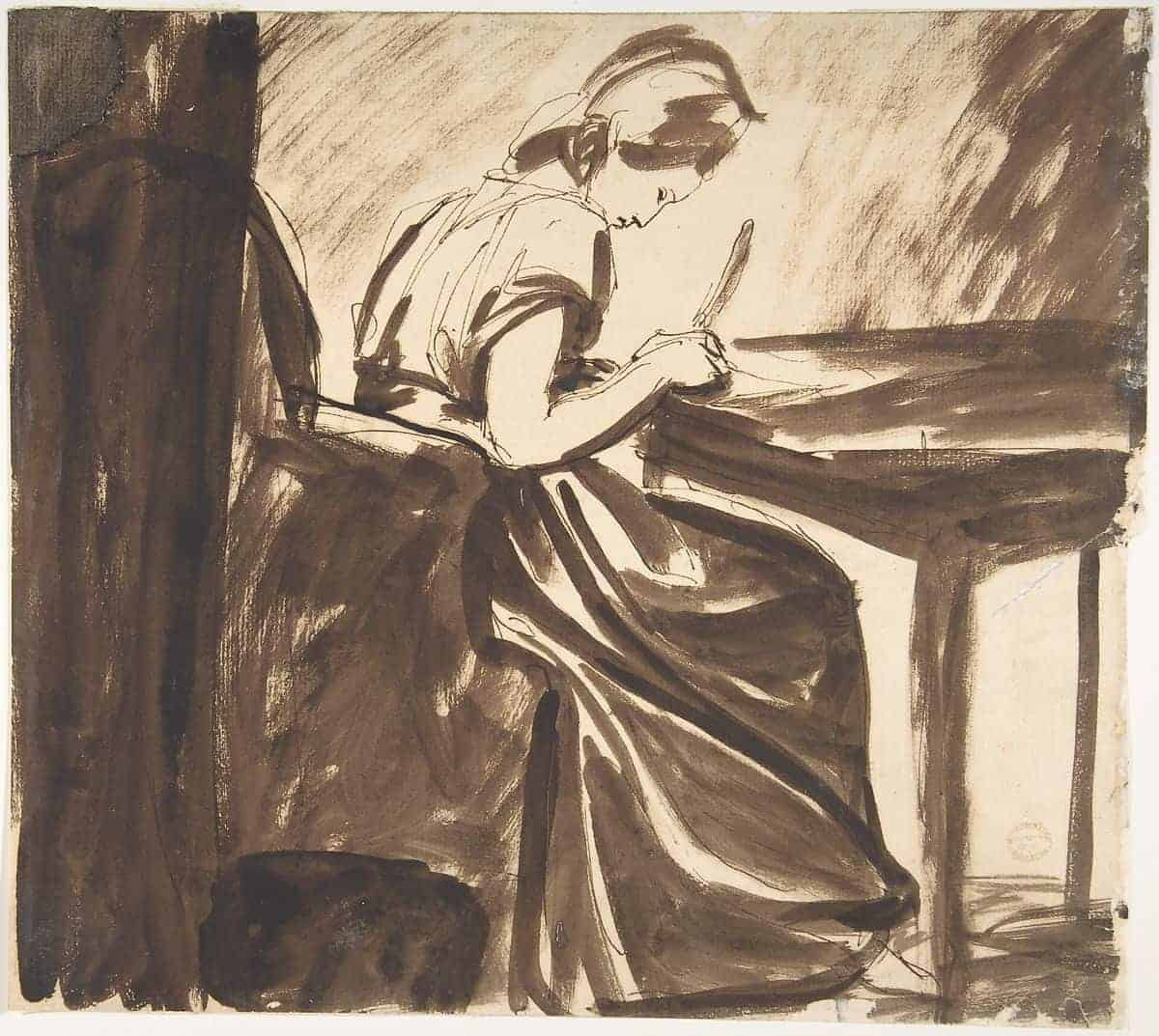
Contents
- Overview
- What Is Writing Therapy?
- How Does Writing Therapy Work?
- Types of Writing Therapy
- Potential Benefits of Writing Therapy
- Conditions Treated by Writing Therapy
- Summary and Outlook
What Is Writing Therapy?
Writing therapy, or “expressive writing,” is a form of expressive therapy in which clients are encouraged to write about their thoughts and feelings—particularly those related to traumatic events or pressing concerns—to reap benefits such as reduced stress and improved physical health.1 Writing therapy may be used in many environments, including in person or online. It may be supervised by a mental health professional or even occur with little or no direct influence from a counselor. There are several types of writing therapy, including, but not limited to narrative therapy, interactive journaling, focused writing, and songwriting. Although traditional psychotherapy, or talk therapy, has been standard practice in many therapeutic and counseling environments, evidence shows that writing therapy has many potential physical and psychological health benefits.2
What Is the History of Therapeutic Writing / Expressive Writing?
Humans have expressed belief in the healing power of the written word since ancient times. For example, in the fourth century B.C.E., certain groups in Egypt believed that ingesting meaningful words written on papyrus would bring about health benefits. Words were thought to have medicinal and magical healing powers, so much so that inscribed above Egypt’s famed library of Alexandria was the phrase “The Healing Place of the Soul.”1
However, the roots of modern therapeutic writing may be found in bibliotherapy, a form of therapy that employs literature and reading to help people deal with challenges in their own lives.3 This practice dates back to the fifth century B.C.E. when it was thought to cure a condition called melancholia, or a deeply experienced depression.
More recently, writing therapy gained momentum in the United States in the early 19th century,1 and it was popularized in the early 20th century with psychoanalyst Sigmund Freud’s Creative Writers and Day Dreaming. Though talk therapy was still the go-to approach, writing therapy gained steam in the 1930s and 1940s as creative therapies involving the arts, such as music, dance, and writing grew. The 1965 American Psychological Association (APA) convention, held in Chicago, Illinois, hosted a symposium that focused on written communications with clients. This symposium, organized by a division of the APA called Psychologists Interested in the Advancement of Psychotherapy, generated a boom in writing therapy research in the 1970s.1
In the 1980s, social psychologist James Pennebaker emerged as a leading advocate and researcher of writing therapy. His research focused on the benefits of writing about or discussing one’s emotional disturbances, including reduced stress and improved immune function. He also claimed that writing about traumatic events could help people cope. His work helped propel writing therapy into the mainstream of psychotherapeutic practice.1
How Does Writing Therapy Work?
There are two main theories as to how writing therapy works. The first posits that inhibition or suppression of emotions, traumatic events, or aspects of one’s identity constitutes a long-term, low-level stressor and has adverse health effects, such as an increased likelihood of becoming ill. Writing therapy can serve as an act of disclosure, and of written emotional expression, and therefore remove the stressor. However, this theory has become less accepted because research has shown that different acts of expression do not reap the same health benefits as writing therapy.4
For example, Pennebaker conducted a study in 1996 in which one group of participants was asked to express a traumatic experience through physical movement, and another group was asked to express themselves through both physical movement and writing. Only the group that used both movement and writing showed significant physical health improvements. Pennebaker found that the specific language used while writing is associated with the physical and mental health benefits. When people’s emotional writing compositions were analyzed by judges and by the Linguistic Inquiry and Word Count software, positive emotion words like “happy” and a moderate number of negative emotion words like “sad” were associated with good physical health, while high and low levels of negative emotion words were associated with poor physical health. Compositions that showed an increase in causal words like “reason” and insight words like “realize” showed the most improved physical health in their writers.4
When engaging in writing therapy, clients are asked to write about a traumatic experience. A standard practice might involve writing for 15 to 20 minutes for three consecutive days.5 A 2002 study published in the Annals of Behavioral Medicine found that of three groups assigned to journal for one month, the group asked to write about “cognitions and emotions related to a trauma or stressor” enjoyed the most benefits of writing therapy; they had a better perspective on the stressful experience about which they wrote.6
Sometimes this practice is self-generated. The act of journaling has increased in popularity, especially with the growth of aesthetic practices such as bullet journaling, which combines a journal, calendar, and planner.7

Photo by Brent Gorwin on Unsplash
Types of Writing Therapy
There are several types of writing therapy, which generally fall into two categories: writing therapy conducted with the guidance of a mental health counselor and self-motivated writing therapy, the latter of which anyone can take up at their own pace.
A counselor or mental health professional might use writing therapy with clients who find it difficult to verbalize their thoughts or emotions. Narrative therapy, a form of writing therapy that clients and therapists can use together, is often helpful in this situation.8 Narrative therapy involves the client and mental health professional “reauthoring” a traumatic or problematic story from the client’s life.9 This method helps the client recontextualize their experience by removing the assumptions and context they have assigned to it to see it from a more objective perspective.8
Another common format, which can be practiced with or without the guidance of a mental health professional, is called interactive journaling. It combines aspects of writing therapy and bibliotherapy. In interactive journaling, clients are provided with a journal prompt, or a starting point, which they then use to inform their writing. This method is especially effective in substance abuse treatment because it can educate patients and promote reflection and exploration of their experiences. It can also benefit students in the health care field because it can help them empathize with and understand their clients’ experiences.1
Two other types of writing therapy are focused writing and songwriting. Focused writing incorporates worksheets that educate and guide clients,10 and songwriting combines music therapy and writing therapy to provide clients with an avenue to reminisce and express their emotions.11
Potential Benefits of Writing Therapy
Researchers have found that expressive, or therapeutic writing, can have numerous physical and psychological health benefits, some of which include:1
- better immune function
- fewer doctor visits
- less stress
- improved grades in school
- reduced emotional and physical distress
- decreased depression symptoms
- lower blood pressure
- improved liver function
- fewer missed days of work
- strengthened memory
Conditions Treated by Writing Therapy
In addition to its general benefits, writing therapy has been an easily accessible resource to treat people with many different conditions and stressful or traumatic experiences.
Posttraumatic Stress Disorder
Evidence suggests that writing therapy can posttraumatic stress disorder (PTSD) symptoms and the symptoms of depression often associated with PTSD. The potential effectiveness of writing therapy in helping people cope with trauma makes it a useful alternative when more traditional modes of therapy are ineffective or impossible to access.12
For example, a study published in 2013 in the Journal of Sexual Medicine used writing therapy to treat 70 women who had experienced childhood sexual abuse. Researchers asked the women to write about trauma or sexual schema (the “cognitive generalizations” someone has about their sexual selves, informed by prior sexual experiences) during five 30-minute sessions, which occurred over up to five weeks.13 At three different intervals—two weeks, one month, and six months—the study participants were asked to complete interviews and questionnaires regarding their sexual function, PTSD, and depression. Researchers found that between pretreatment and posttreatment, participants reported fewer symptoms of PTSD. According to study findings, participants who wrote about sexual schema were also more likely to recover from sexual dysfunction.14
Anxiety
Some studies have found that engaging in writing therapy can help reduce anxiety.15,16 In a study conducted in 2020 by faculty of Tabriz University of Medical Sciences in Iran, researchers administered three writing therapy sessions to pregnant women, plus two telephone calls between the sessions and basic pregnancy care, over four to six weeks. During the first session, the women were asked to write about their concerns regarding pregnancy and brainstorm solutions that would help relieve the anxiety they induce, and the phone calls encouraged them to follow through with the solutions. In the second session, researchers employed narrative therapy techniques and asked the women to write a story that outlined their concerns about pregnancy and then applied the solutions they had previously generated. The final session fostered a group discussion between the participants about the previous assignments. The study concluded that the women who engaged in writing therapy had significantly less anxiety than a comparison group who received only the standard pregnancy care.17
Depression
Studies have shown that symptoms of depression decrease among people who utilize writing therapy. For example, in one study published in a 2014 issue of Cognitive Therapy and Research, one group of undergraduate students was tasked with non-emotional writing, or writing that does not focus on difficult or traumatic experiences and feelings, and another group was tasked with expressive writing, writing that does deal with emotional distress and trauma, focused in this case on emotional acceptance. The students in the latter group who experienced low or low to mild symptoms of depression saw a reduction in their symptoms.18
Another study, conducted by researchers from the Catholic University of the Sacred Heart in Italy with women who had recently given birth, again divided participants into two groups; one performed expressive writing, and the other simply wrote about neutral topics. The women who used expressive writing had lessened depressive symptoms, whereas those in the neutral writing group saw no significant change.19
Bereavement
People suffering the loss of a loved one can benefit greatly from writing therapy. It can reduce the number of negative feelings surrounding the event and allow for closure. It promotes self-care and therefore helps the client recover after a loss.20 Writing therapy can also help reduce the separation anxiety that grief can prompt, gives clients a fresh perspective on their loss, and recognizes their bereavement journey.21
A 2011 study published in the Journal of Psychosomatic Obstetrics and Gynaecology conducted 10 writing sessions over five weeks with people who had lost pregnancies. The participants were asked to write about their pregnancy loss, write a letter to a friend as if the friend were experiencing the same loss, and write a letter to themselves or to someone who witnessed the loss. The participants’ levels of grief and loss decreased after the writing therapy treatment.22
Summary and Outlook
Technology has made many forms of therapy more accessible for many people. The internet can connect people in nearly any geographical zone to therapists who may be physically distant. Writing therapy, in particular, transitions easily to the virtual world; most forms don’t require face-to-face meetings at all and can be conducted over email.
In addition, writing therapy is a form of self-help intervention that anyone may practice. Many writing prompts (such as these links from Disability Dame and Dancing through the Rain) are available online and enable people to immediately begin writing and benefit from this therapy.23 Whether practitioner- or self-guided, writing therapy is an accessible practice that offers many potential benefits to those who use it.






